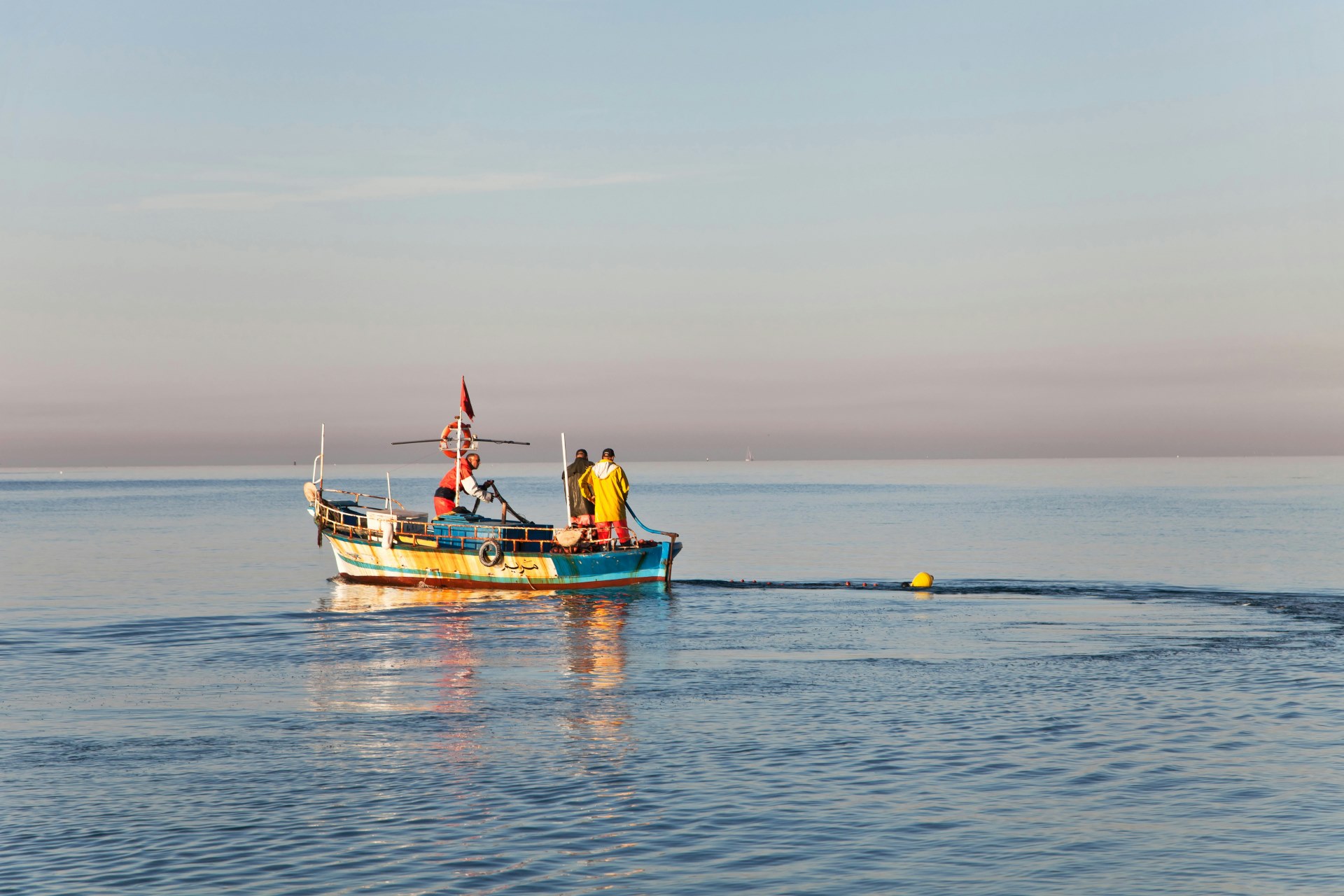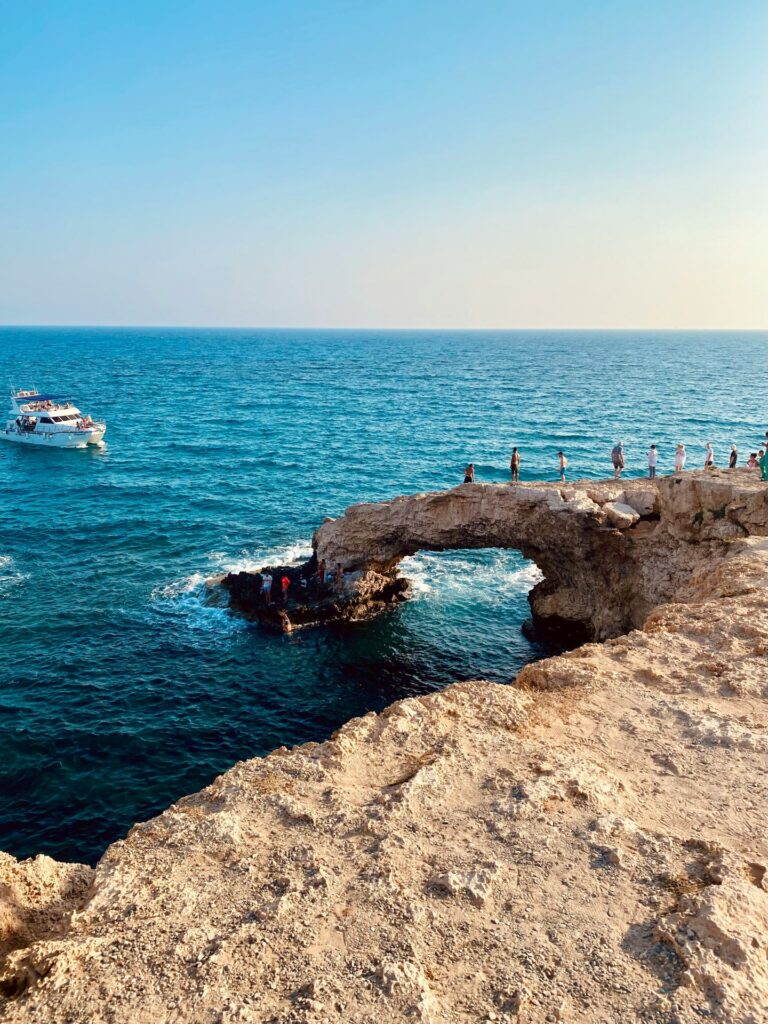Take a visual tour of the Mediterranean, a region of many cultures connected by climate challenges.
Around 20 million people lack access to drinking water around the Mediterranean, comprising 60% of the world’s water-poor population, according to the World Economic Forum.
The Mediterranean is the fastest warming region in the world (heating at a rate 20% faster than the global average) with climate projections of reaching +4 degrees Celsius above pre-industrial levels by 2100. The Mediterranean is also home to some of the most water-scarce regions in the world with 180 million people who are considered water poor and another 60 million experiencing water stress, per the Union for the Mediterranean.
Factors such as population growth, increasing living standards, constant tourism, economic development, and the use of water-intensive technologies are straining water supplies in the region. Agriculture remains a primary industry around the basin which also demands massive amounts of water. This demand for quantity is matched by decreasing quality.
The degradation of the groundwater quality is a common problem around the Mediterranean due to pressures on aquifers, such as from excessive pumping in relation to average natural recharge, the return flow from irrigation water with the intense use of agrochemicals, plus leakages from urban areas, seepage from landfills, septic tanks, sewers, and mine-tailings. The situation is dire.
And yet this sea remains a beautiful space of shared cultural identity – it is the quintessential crossroads of civilizations, witnessing the ebb and flow of history, the sedimentation of centuries of people traversing and trading, communicating and conversing, moving and making life happen. This VIEWS gives snapshots of the countries adjacent to and connecting these magical waters.















